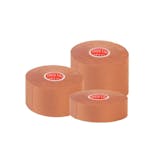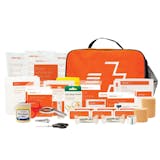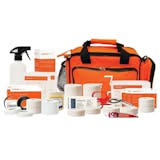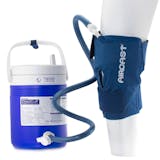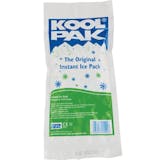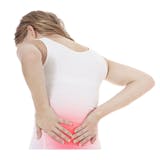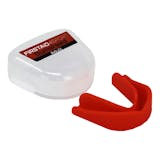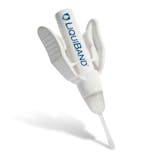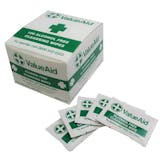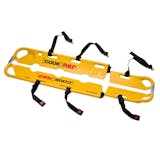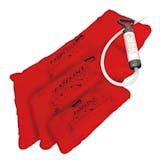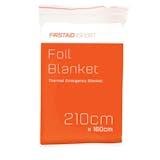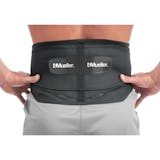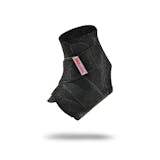Sprained Knee
What is a Knee Sprain?
A sprained knee is an injury which can be experienced by feeling a pain in the knee area of the leg. Symptoms of a knee sprain include swelling, pain, stiffness or buckling. There are a number of causes of a sprained knee including falls and injuries incurred during physical activity. Treating a knee sprain is dependent on how serious the sprain is. A minor sprain may only need rest and medication, whereas a more serious sprain may require surgery. Evaluation from a doctor is important in assessing the severity of the sprain.Causes
- Overuse injury
- Twisting force or direct impact to the knee
- Rapid direction changes
- Tackling, collisions and falls (common in football and rugby)
- Landing from a jump
Symptoms
- Popping sensation and pain in the knee
- Pain at the inner aspect of the knee
- Swelling and inflammation
- Inability to bear weight
Treatment
- RICE method
- Anti-inflammatory Medication
- Supports and Braces
- Strengthening and Stretching exercises
- Surgery


